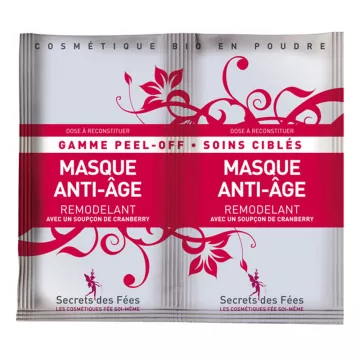
What is a peel-off mask and how does it work on the skin?
A peel-off mask is a type of cosmetic treatment designed to deeply cleanse the skin, removing impurities and dead cells. Its unique formulation enables it to form a thin layer which, as it dries, adheres to the skin's surface. When you remove the mask, it literally "peels off" residues and toxins, leaving skin purified and refreshed. In terms of ingredients, these masks often contain activated charcoal, aloe vera, or fruit extracts, renowned for their cleansing and moisturizing properties.
What are the main benefits of a peel-off mask for the skin?
Peel-off masks offer several notable benefits. Firstly, they are extremely effective at deep cleansing pores, reducing the appearance of blackheads and preventing breakouts. Secondly, they promote exfoliation, helping to remove dead skin cells, which helps to improve skin texture and radiance. Thirdly, regular use of these masks can also help regulate sebum production, which is particularly beneficial for oily skin. Finally, they offer a tightening and rejuvenating effect, making skin visibly younger and more dynamic.
How do I correctly apply a peel-off mask to maximize its effects?
For optimum effectiveness, it's crucial to follow a few key steps when applying a peel-off mask:
Are there any contraindications or precautions to be taken with peel-off masks?
Although peel-off masks are generally safe for most skin types, certain precautions should be taken. People with particularly sensitive skin or conditions such as eczema or rosacea should avoid these products or consult a dermatologist before use. It's also important not to use these masks too frequently, as excessive exfoliation can irritate the skin and disrupt its natural protective barrier.
How many times a week can a peel-off mask be used?
The ideal use of peel-off masks is generally once a week. This allows the skin to benefit from the cleansing and exfoliating effects without causing irritation through excessive use. However, this may vary according to your skin's sensitivity and reaction to the product. Listen to your skin and adjust the frequency of use accordingly.
What ingredients should I look for in a quality peel-off mask?
To choose an effective peel-off mask, it's essential to pay attention to its composition. Here are some key ingredients to look for:
How can you tell the difference between a good quality peel-off mask and a less effective product?
A high-quality peel-off mask is often distinguished by its ability to dry evenly and remove in one piece, without leaving a sticky residue. What's more, quality products contain beneficial ingredients that don't cause skin irritation after application. It's also a good idea to read consumer reviews and check the brand's reputation to ensure the product's effectiveness.
Can I make my own peel-off mask, and what ingredients should I use?
It's entirely possible to create a homemade peel-off mask using natural ingredients. Here's a simple recipe:
What are the long-term effects of regular use of peel-off masks?
Used regularly, peel-off masks can significantly improve skin quality. They help keep pores clean, reduce the appearance of imperfections, and improve skin elasticity through regular exfoliation. However, excessive use can dry out the skin or cause irritation, so it's crucial to stick to a moderate frequency of application.
Are there alternatives to peel-off masks for those with sensitive skin?
For people with sensitive skin, peel-off masks can sometimes be too aggressive. Alternatively, moisturizing or clay-based masks can offer similar benefits without the risk of irritation. These masks provide gentle purification and help moisturize and soothe the skin without the need for peeling, which could disrupt the skin barrier.